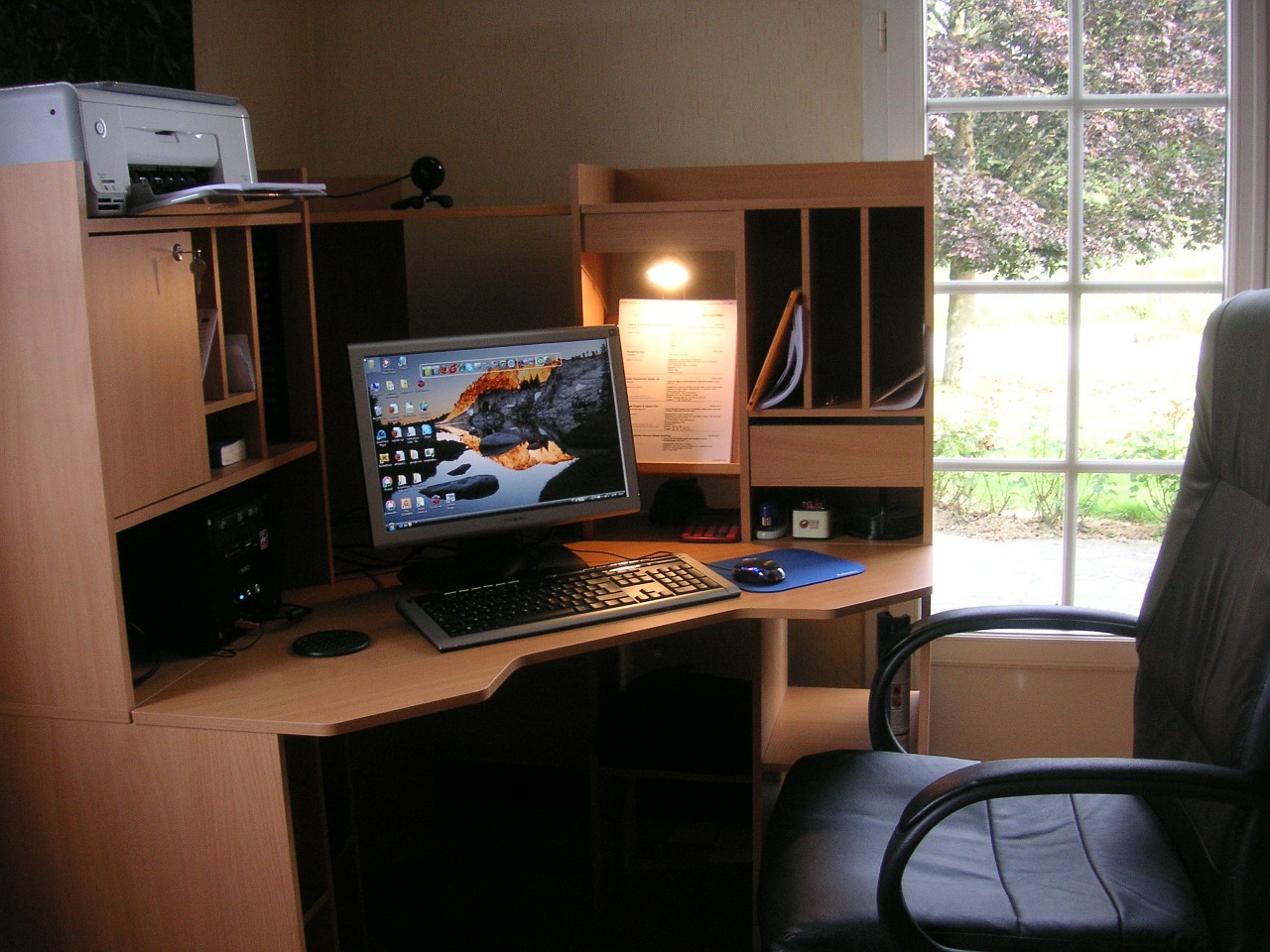The Impact of Coronavirus (COVID-19) in the Workplace and What it Means to Your Company

Amid rising concerns over the spread of the coronavirus around the world, an increasing number of employers are doing their best to protect their employees. Among those efforts include asking employees in the hardest hit cities to work from home.
Luckily, the plethora of project management and communication software make working remotely feasible, if not easy. Furthermore, full office suites that are offered by Google and Microsoft, for example, provides a shared cloud where all can access files and folders. In response to this new demand both Google and Microsoft are even offering their team conferencing solutions for free.
Setting up a shared remote workspace is the easy part. However, the difficulty lies in being able to understand and connect with peers when you aren’t communicating with them in person, while being organized and getting the job done. Messages are lost without non-verbal cues and being physically present within a team. While some have managed to figure out how to effectively communicate within their teams that are remote, others are just exploring this virtual world of work.
At Simpli5, we have been a scrappy remote start-up for over a decade. Some of our employees have been remote for over two decades so we understand this way of working and want to share some of the lessons we have learned with all of you. In this first article we want to start with you. Understanding how you get things done in the office is your first step to figuring out how you are going to get the same amount of work done from home. We aren’t talking about how to setup your home office or if you should work in your pajamas or office attire. There are hours of advice on the Internet about such things but that’s not in our view the most important thing in front of you. Influencing others virtually is a different skill set than when you can pull everyone in a conference room and “hammer it out” through sheer will power. You are going to need to adapt your style now that you have email, chat and endless web conferences as your only tools.
The key takeaway is that we are all wired to work in different ways and by taking time to understand how you naturally work you can better appreciate the differences in others, potentially avoiding conflict and building engagement. By understanding the members in your team better, you will be able to reduce the tensions that may arise due to the sudden change of work situation and, for some, the new world of remote work.

